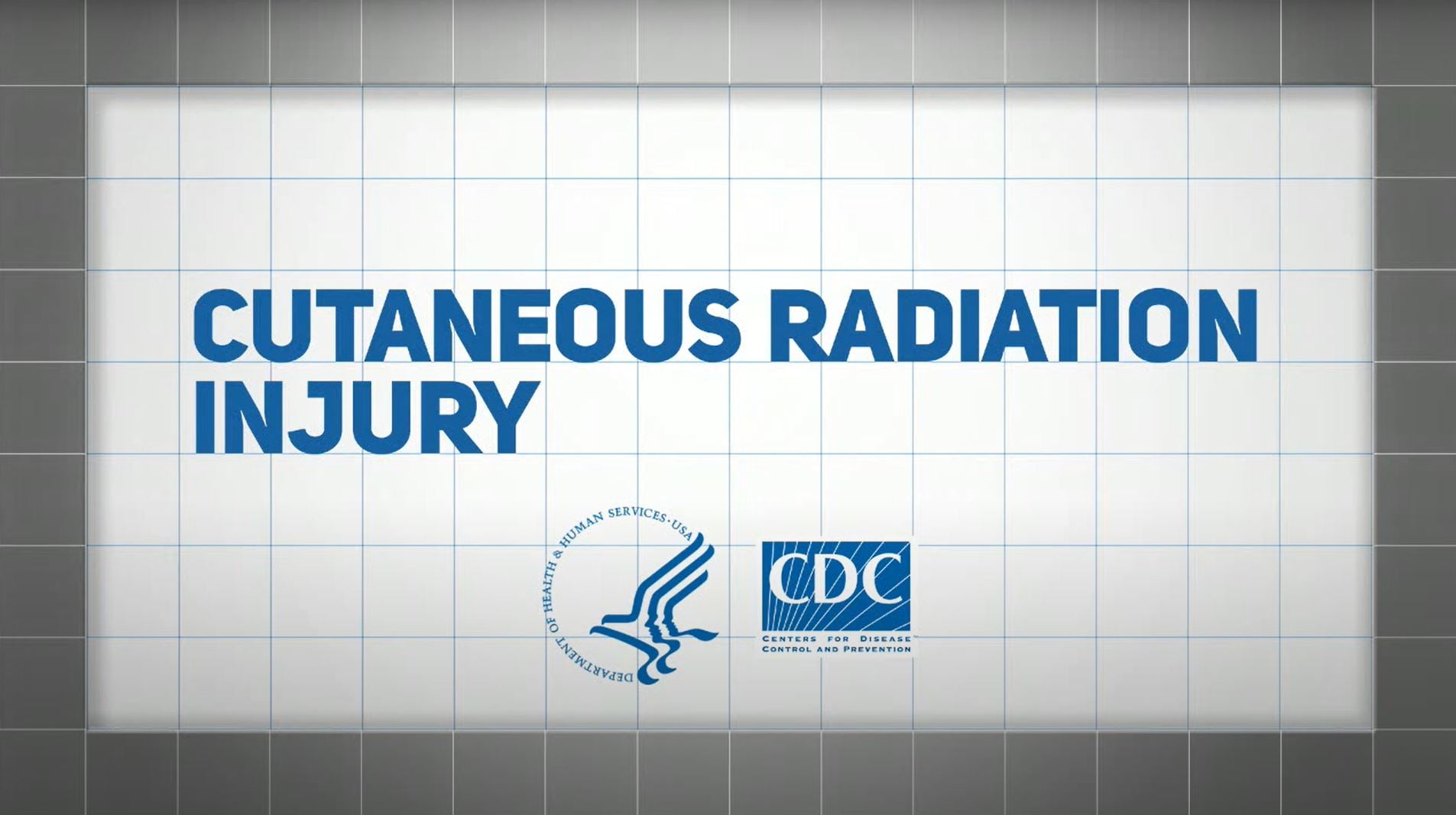What to know
Cutaneous Radiation Injury (CRI) happens when exposure to a large dose of radiation causes injury to the skin. If you have symptoms of CRI, you should seek medical attention as soon as emergency officials say it is safe. A doctor may suspect the presence of CRI when a skin burn develops on you if you were not exposed to a source of heat, electrical current, or chemicals.

Cutaneous radiation injury
You may experience a Cutaneous Radiation Injury (CRI) when you are exposed to certain radioactive materials that give off the following:
- Beta particles
- Penetrating gamma radiation
- Low-energy X-rays
If you experience Acute Radiation Syndrome (ARS) you may develop CRI. Not everyone who develops CRI will have ARS.
Symptoms
Medical emergencies
Symptoms of CRI can appear from a few hours to several days after exposure.
The early signs and symptoms of CRI include the following:
- Itchiness
- Tingling
- Skin redness (erythema)
- Swelling caused by a buildup of fluid (edema)
Over time, other symptoms may develop depending on the site of the injury and the level of radiation exposure.
Treatment
If you experience these symptoms, seek medical attention as soon as emergency officials say it is safe to do so.
If you cannot get medical attention quickly
- Gently rinse the area with water
- Keep the area clean
- Dry the area
- Keep it covered until a doctor can provide additional treatment
